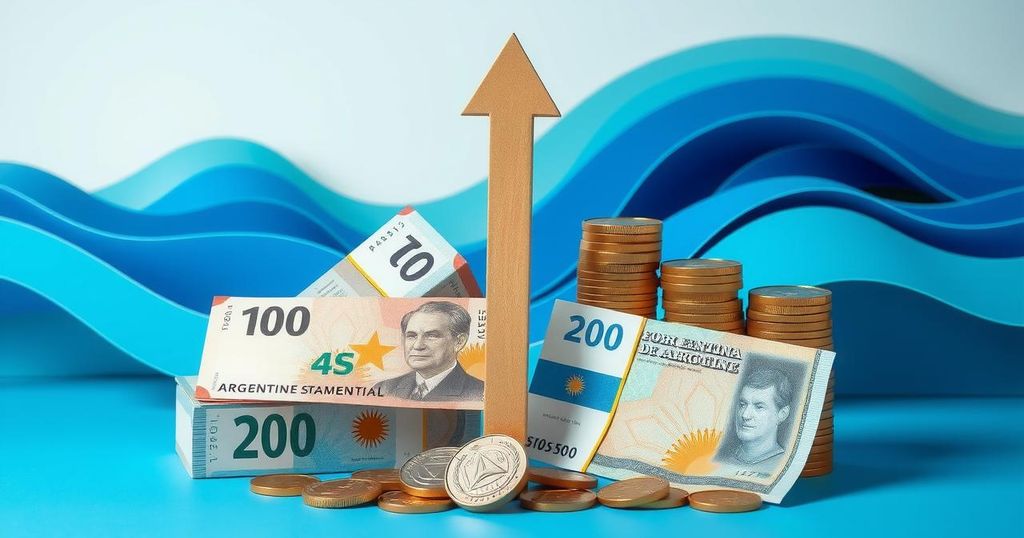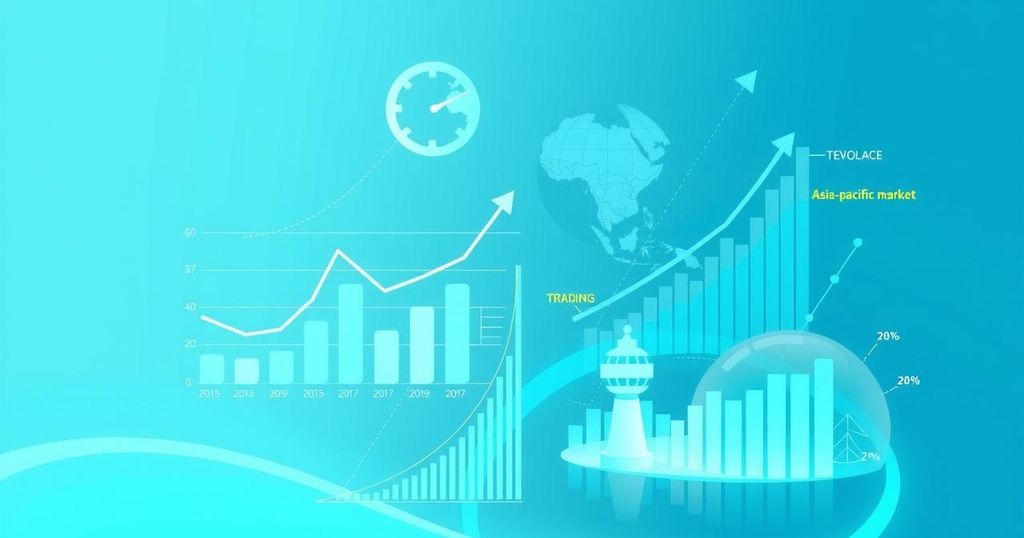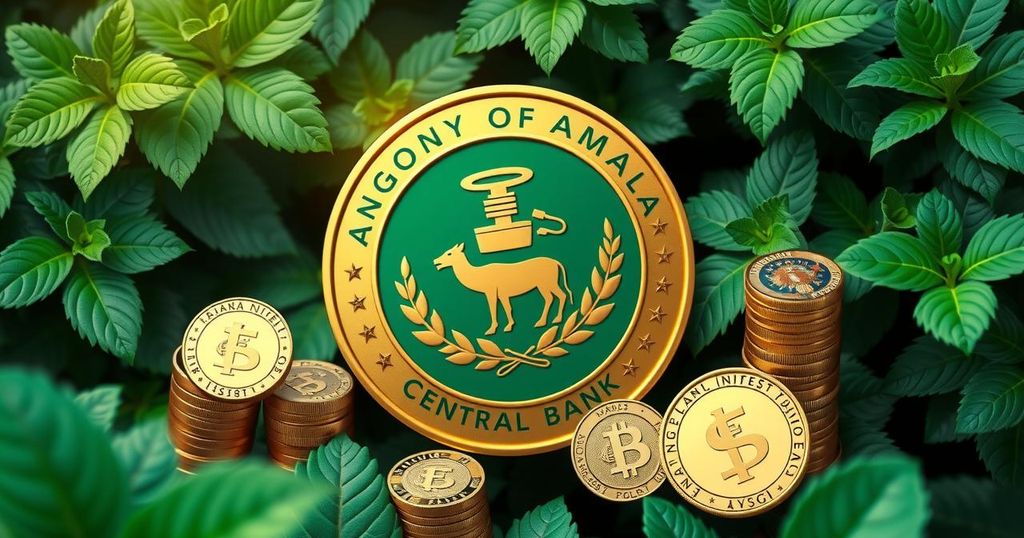Milei’s Strategy to Strengthen the Peso Ahead of Midterm Elections
Five months before Argentina’s midterm elections, President Javier Milei is focusing on strengthening the peso as a key element of his campaign. By partially lifting currency controls and implementing various strategies, such as seasonal soy exports and issuing peso-denominated bonds, the administration aims to bolster the peso’s value to curb inflation. However, experts caution about potential risks tied to a stronger currency, particularly regarding competitiveness and economic activity.
As Argentina approaches pivotal midterm elections, Javier Milei’s administration is placing significant emphasis on the strength of the peso. The libertarian president is utilizing the currency as a linchpin in his campaign, focusing on measures that are intended to bolster its value. An uptick in the peso could, theoretically, help counter inflation and enhance Milei’s party’s standing in the upcoming polls scheduled for October.
In a notable move, Milei recently announced a new trading band for the peso. This comes on the heels of a partial easing of currency controls that affected individuals, providing a framework in which the currency will now be allowed to trade. Since mid-April, the peso has remained lower than the midpoint of the initially set band—ranging from 1,000 to 1,400 pesos per US dollar—allowing for a modest one percent monthly fluctuation, an attempt to curtail anticipated depreciation linked to inflation.
Luis Caputo, Argentina’s Economy Minister, articulated a vision for a different economic landscape, stating, “The model of a miserable Argentina, given away in dollars, is over.” This statement underscores the administration’s confidence in the potential for a stronger peso to instill hope among the Argentine populace regarding their economic outlook. However, industry analysts like Alejandro Cuadrado caution that while a stronger peso has its benefits, it might also reduce competitiveness.
Milei’s strategy to enhance the peso further involves several key components. Firstly, approaching the mid-year, Argentina benefits from seasonal soybean exports, which typically lead to a significant influx of dollars. Additionally, the expiration of a tax exemption on agricultural exports on June 30 could incentivize producers to sell dollars, in alignment with the government’s priorities.
In a related initiative, the Central Bank plans to introduce peso-denominated bonds that can be procured with dollars. Federico Furiase, a bank director, mentioned that this move aims to build reserves for the monetary authority. Another strategy involves the carry trade, facilitated by new regulations that invite foreign investors into the official exchange market, as long as they keep their investments in Argentina for a minimum period of six months.
Caputo is also advocating for an amnesty to reclaim approximately $200 billion that Argentines currently hold outside the financial system. He aims to encourage these savings to circulate domestically, thus monetizing economic activities in dollars while reducing the peso influx. Moreover, energy exports, particularly from the Vaca Muerta oil field, are anticipated to enhance foreign exchange revenues significantly.
The government is betting that with the removal of exchange controls, foreign direct investment will gain traction, tempting companies to bring dollars into Argentina with the assurance they can sell them when needed. Moreover, the Treasury is committed to maintaining a fiscal surplus, actively reducing the number of pesos in circulation, which could pave the way for a stable exchange rate.
However, some experts warn about the inherent risks associated with maintaining a stronger peso. Cuadrado from BBVA notes ongoing pressures from international agreements could complicate efforts to stabilize the currency. Concerns also linger that while strengthening the peso might augment purchasing power, it could simultaneously suppress economic activity in certain sectors.
On a related note, business leaders in Buenos Aires have voiced concerns regarding taxation, stating that multiple economic pressures, including high taxes and a strong exchange rate, are hampering growth in various industries. Manuel Santos Uribelarrea, a notable figure in the event, emphasized, “You can’t have all the variables working against you.” This encapsulates the complex economic landscape facing Milei’s government as it heads towards October’s elections.
In conclusion, Javier Milei is leveraging the strength of the peso as a cornerstone of his campaign strategy ahead of Argentina’s midterm elections. With various measures aimed at boosting the currency’s value, the administration hopes to combat inflation and stimulate economic optimism. However, risks remain, especially in terms of competitiveness and economic activity in certain sectors, underscoring the delicate balancing act Milei must navigate as elections approach.
Original Source: www.batimes.com.ar




Post Comment